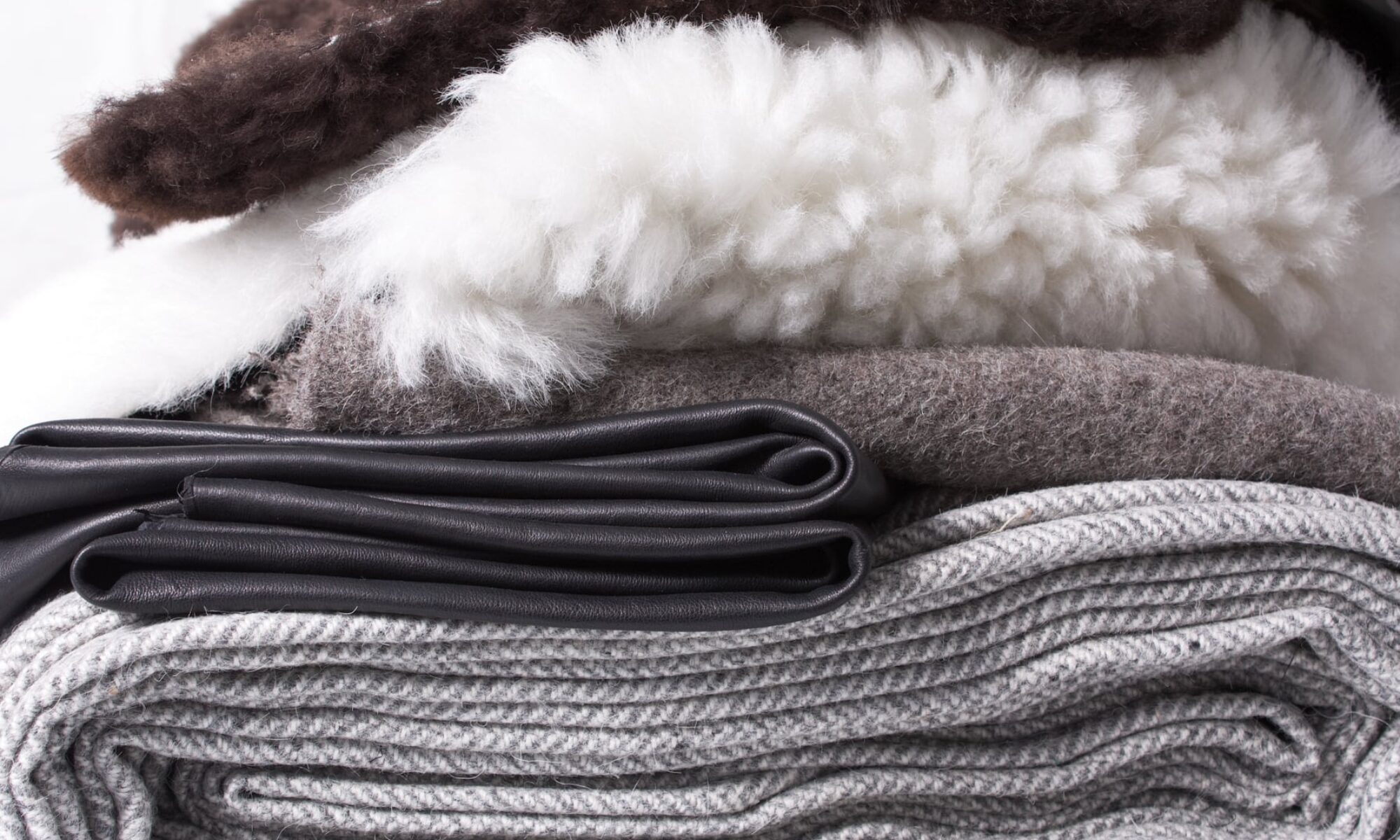The breed
When Viking settlers first arrived in Iceland in AD 874, they brought with them the Iceland Sheep. Icelanders have been engaged in a relentless struggle with the rugged environment in which they live. Here the authentic natural wool from the Icelandic sheep has provided protection from the biting cold of the tough northern climate.
As a breed, the Iceland Sheep is unique – its purity has been protected by centuries of isolation and a total absence of contact with others. By the same token, the wool it produces has no counterpart anywhere.
Sheep welfare and wilderness
Icelandic livestock are exceptionally healthy and infectious diseases are rare. The livestock roams around free most part of the year in pure, unspoiled and nutrient-rich nature. This means they are free-range and free from growth-promoting antibiotics, growth hormones, and are non-GMO. They are quite simply raised on the goodness of the Icelandic environment. In the wintertime when it is too cold and heavy snow covers the grounds, the livestock is well kept and comfortable in good housing and are grass fed.
Farmers depend on their animals for their livelihoods and take a personal approach to animal welfare. In May, at the start of lambing season, Icelandic farmers prepare for the birth of a new flock. This is a special time when each new-born lamb is welcomed. Farmers take great care to track which lambs have come from which ewe and as they grow and develop in these first few weeks, they keep a watchful eye on them. By having a close relationship with their sheep, filled with care and concern, risk factors in health and disease are minimized.
The sheep welfare surveillance is extremely strict in Iceland. Not only regarding diseases but also handling. Shearing is often done by the farmer themselves. However, if contractors are used, they are usually hired by a group of neighbouring farmers. Generally, the shearing operation is done under a watchful eye of the farmer to ensure quality and that nothing will happen to their precious animal. Most Icelandic sheep are shorn twice a year, i.e. in the autumn and spring. Icelandic sheep are never put through mulesing.
Another striking characteristic of the Iceland Sheep is its natural colours, i.e. black, grey and brown as well as the usual white.
Rúningur
Flestar íslenskar kindur eru rúnar tvisvar á ári, það er að segja bæði á haustin og vorin. Haustrúningur fer fram í október-nóvember þegar kindurnar eru teknar inn í fjárhúsin. Haustullin er af bestu gæðum og með góðri hárslengd.
Rúningur á vorin fer fram frá febrúar til apríl eða 2-3 mánuðum áður en kindurnar eru sendar út á sumrin. Markmiðið með þessum rúningi er að bæta gæði ullarinnar næsta hausts.
Ístex kaupir um 99% af íslenskri ull beint frá bændum. Ullin er síðan flutt á þvottastöð á Blöndósi á Norðurlandi, þar sem fyrsti áfangi ferlisins er að tryggja gæði og lit ullarinnar með flokkun.
Næsti áfangi er þvottur, þar sem notkun efna og sápu er haldið í lágmarki til að tryggja að náttúrulegu olíurnar í ullinni séu varðveittar. Það heldur henni heitri, léttari og eiginleikanum að vera vatnsfráhrindandi.
Wool shearing Most Icelandic sheep are shorn twice a year, i.e. in the autumn and spring. The autumn shearing in October – November is done when the sheep are taken into their winter sheds. The Autumn wool has the best quality, free from contamination from the sheds and with good fiber length. The spring shearing (snod) is done in February-April or 2-3 months before they are set free on the summer pastures. This is done to increase the quality of the upcoming wool autumn wool. However, the spring wool is well suited for a filler or in non-woven applications. Ístex, the Icelandic Textiles Ltd., buys directly from farmers and processes about 99% of all Icelandic wool. Icelandic farmers own 80% of the company. The wool is then taken to local washing plant in the North of Iceland, where the first stage of the process is to ensure the quality and colour of the wool. The next stage is washing, where the use of chemicals and detergents is kept to an absolute minimum to ensure that natural oils are preserved, leaving the wool as warm, light and water-resistant as nature herself made it.
Facts about the Icelandic Sheep
– It has a direct link to the first sheep that came to the country with the Vikings.
– The animals are only about 400,000 in total.
– They roam carefree in pristine and unspoiled wilderness during the summer.
– The sheep are never put through mulesing.
– They are not exposed to any cheating hormones or chemicals.
– Icelandic farmers use about far less antibiotics per animal than is used in other European countries.
– In Iceland, there is no need for chemical treatment of lice as it does not exist in the country, there is therefore no chemical residues in Icelandic wool.
– An Icelandic Sheep farm is small on average with around 200-300 animals and many farmers know their sheep by name.
– Icelandic sheepskin comes in variation of colors, yet 87% of the national flock today is white because it is the genetically dominant color. The natural grey sheepskin color is only found on 2.3% of the Icelandic sheep, therefore a rare and interesting color.

